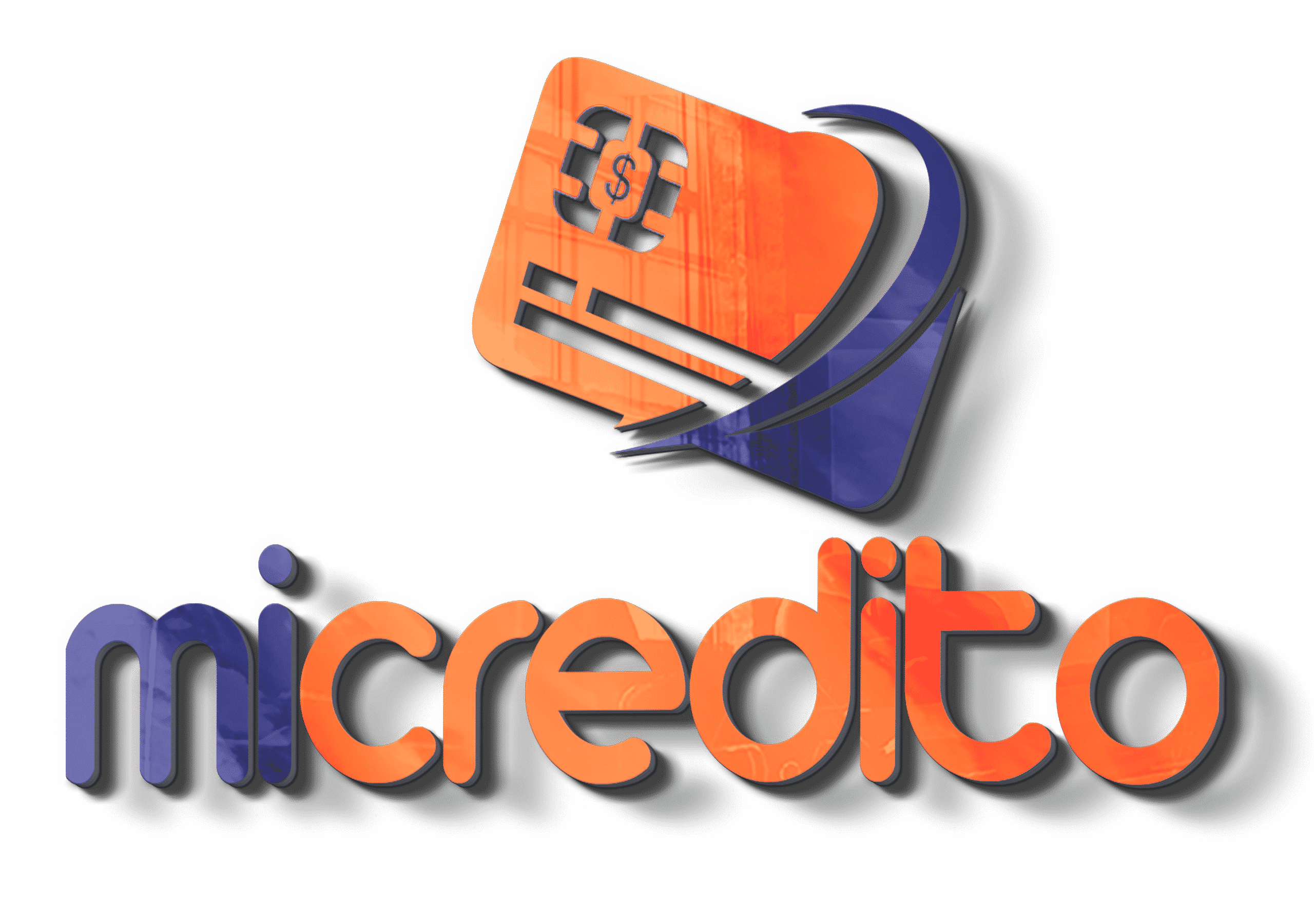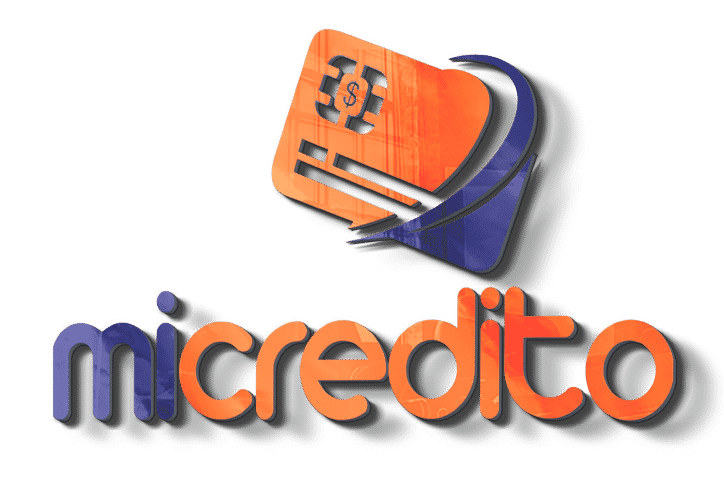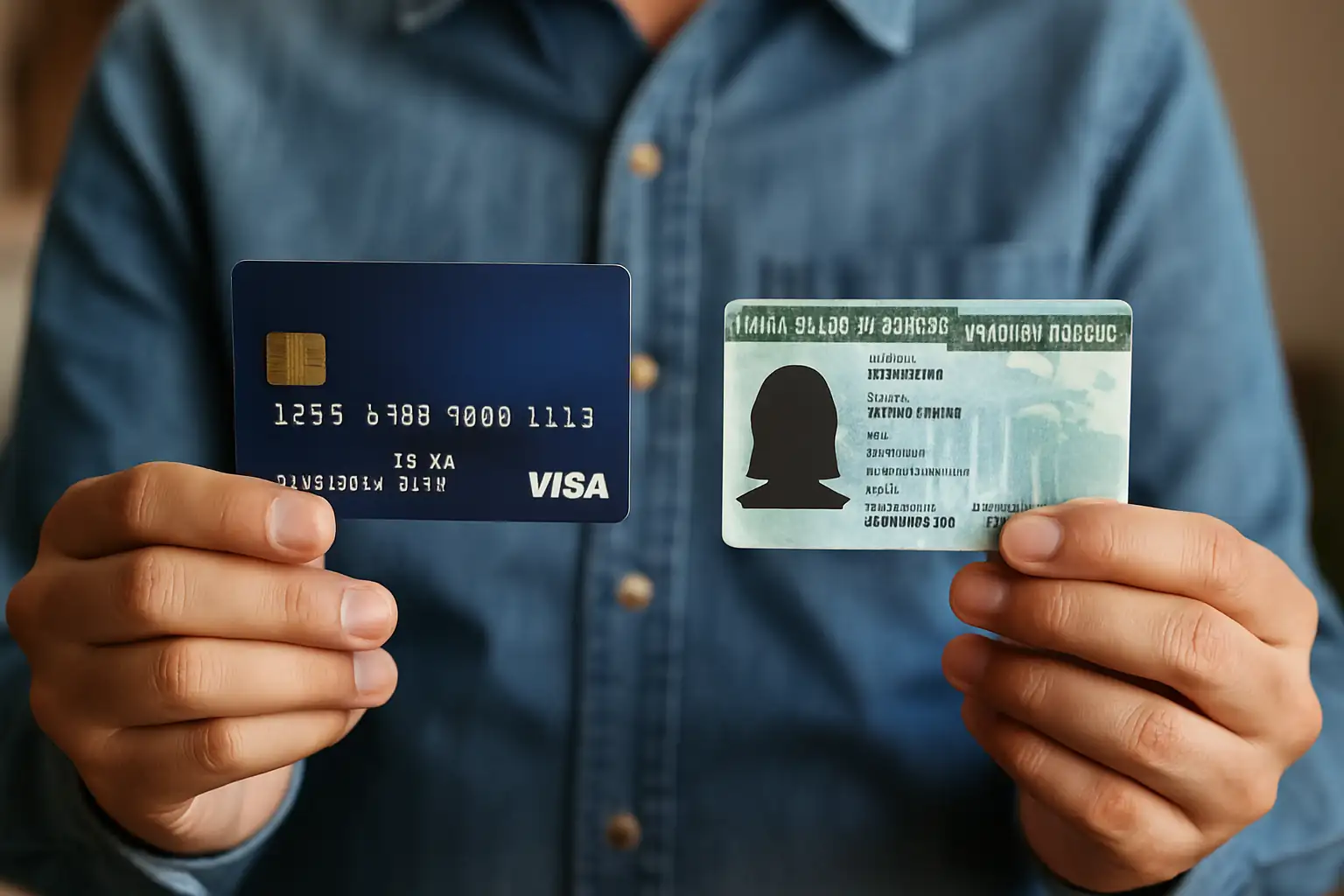The rise of digital payments has sparked new conversations around financial education in the US — and credit cards are at the center of it. Far beyond their role as a convenience tool, credit cards are becoming a learning ground for budgeting, interest management, and long-term planning, especially among younger users and independent earners who are building their financial habits in real time.
This article explores how credit card use is influencing money habits, teaching financial literacy through everyday transactions, and helping people develop smarter, more intentional behaviors around spending, saving, and borrowing. When used strategically, these tools can turn routine purchases into valuable lessons in responsibility and financial growth.
Credit cards as tools for financial literacy

While credit cards were once seen only as gateways to debt, today they’re increasingly being used as teaching tools for responsible money management. Many banks and fintech platforms now include budgeting dashboards, spending insights, and personalized alerts with their credit products — features that actively promote financial education in the US by encouraging greater visibility into daily financial behavior and spending patterns.
When used with discipline, credit cards foster essential habits such as paying off balances in full, spending within preset limits, and avoiding late fees. These are core lessons in financial literacy that can strengthen an individual’s overall financial health and readiness for future opportunities.
Learning from real spending behavior
One of the most effective ways to build financial awareness is by observing the direct impact of everyday decisions. Credit cards make this possible. Each transaction, payment, and statement forms a feedback loop that teaches users how interest works, how credit scores are shaped, and how consistent habits affect long-term financial outcomes and borrowing capacity.
By connecting daily spending with real consequences, credit cards contribute to financial education in the US in a way that feels personal, immediate, and highly relevant — far more effective than static classroom instruction, outdated textbooks, or theoretical lessons alone.
The role of rewards in shaping smart habits
Cash back and rewards programs are no longer just incentives for spending — they’re becoming motivators for better financial behavior. People who plan their purchases to optimize rewards must think ahead, categorize expenses, and regularly review statements. These steps naturally build awareness and control, which are the cornerstones of solid financial decision-making.
Increasingly, users are choosing to apply rewards toward investments, savings goals, or even debt repayment. This shift reflects a cultural movement toward financial education in the US, where smart credit use supports broader goals like long-term stability and financial independence.
Helping young adults build credit responsibly
Young users, including students and first-time workers, are now accessing credit through starter cards with educational tools, mobile controls, and lower risk exposure. These features help them learn to use credit in a controlled, guided environment — one that promotes positive behavior without allowing major financial mistakes early on.
As they manage payments and monitor credit scores, young adults gain firsthand experience that supports responsible money management. These early habits, reinforced by thoughtful credit design, play a crucial role in building a strong foundation for financial education in the US.
Why credit card literacy matters more than ever?
In today’s cashless economy, knowing how to use credit wisely is no longer optional — it’s essential. Modern credit cards are evolving into platforms for learning, not just spending. With dashboards, tracking tools, and educational prompts, they’re actively supporting financial education in the US across all income levels and stages of life.
This combination of technology, real-time feedback, and personalized insights empowers users to take control of their money. Credit literacy has become a core element of financial independence, and credit cards are emerging as powerful tools to build that knowledge with every transaction.





